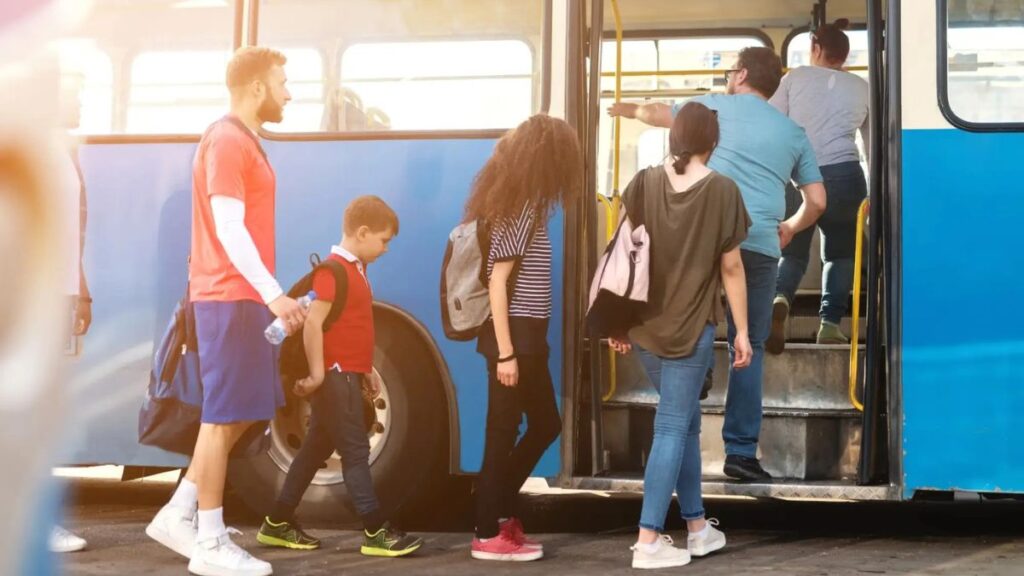Traveling together as a group by bus can be an enjoyable, cost-effective, and eco-friendly way to reach your destination. However, the comfort and satisfaction of your trip are only as strong as the safety precautions you take. From choosing the right company to understanding your responsibilities as a passenger, being aware of both regulations and recommended practices ensures peace of mind for everyone onboard. Whether you’re planning a school field trip, corporate outing, or family reunion, it’s vital to research options thoroughly. If you need to charter a bus in New York with Metropolitan Shuttle, for example, the first step in ensuring a safe trip is selecting a reputable service.
Establishing clear safety standards benefits the entire group, keeping everyone alert to risks and better equipped to handle emergencies. Proven organizations hold themselves to rigorous maintenance schedules and driver training, while savvy trip planners investigate each option’s safety record. Proactive planning, familiarity with emergency procedures, and open communication set the stage for a seamless and safe group journey from the first mile to the last.
Researching Bus Companies
Before finalizing your bus reservation, delve into the reputation and safety record of several bus companies. Look for operators authorized by the Federal Motor Carrier Safety Administration (FMCSA), which provides an online database to verify that each company has a valid U.S. Department of Transportation (USDOT) number, proper insurance coverage, and a positive history of vehicle inspections and accident records. Companies that pride themselves on transparency often freely share this information. Independent consumer reviews on forums and in major publications can also provide valuable insights into reliability and customer satisfaction.
Driver Qualifications and Training
Driver expertise is central to group safety on the road. All commercial bus drivers should hold a Commercial Driver’s License (CDL) with a passenger endorsement, which certifies additional road and safety skills. Inquire about ongoing driver training programs, particularly those focusing on defensive driving, emergency maneuvers, and the legal requirement to avoid distractions, such as phone use, while operating the vehicle. Confirm that your bus company only employs drivers with valid medical certificates, ensuring their physical fitness and ability to respond quickly in critical situations. For a detailed look at safe driving qualifications, the National Highway Traffic Safety Administration offers comprehensive resources.
Passenger Safety Measures
Safety does not rest solely in the hands of the driver and the bus operator—it extends to every person on board. Modern charter and school buses are increasingly equipped with seatbelts, and their use should be mandatory wherever available. Before departure, conduct a brief yet clear orientation to highlight emergency exits, the location of fire extinguishers, and proper evacuation procedures. Encourage passengers to report anything unusual to the driver and always to remain seated while the bus is in motion, reducing the risk of falls or injury. Parents, teachers, and group chaperones play a crucial role in reinforcing these safety habits throughout the journey.
Planning Safe Routes and Stops
A strategic approach to route planning has a direct impact on group safety. Evaluate current and forecasted traffic, construction, and weather conditions to identify the safest travel times. Avoid complex routes where possible and prioritize stops in well-lit, secure areas with space for easy embarkation and disembarkation. When children or seniors are involved, extra care should be taken when selecting pickup and drop-off locations, especially away from busy intersections or high-speed roadways. These precautions are further supported by transportation safety organizations and local government transit resources, which frequently publish guidelines on safe group travel routes.
Compliance with Safety Regulations
The U.S. Department of Transportation, through agencies like the FMCSA and Federal Transit Administration (FTA), regularly updates safety regulations for commercial bus travel. Regulations mandate everything from vehicle inspections and driver hours to the presence of certain safety equipment and the implementation of safety management systems. Familiarize yourself with these standards during planning to ensure your bus company is fully compliant. Updated guidelines from the FTA encourage the creation of safety committees and emphasize a proactive approach, further protecting both drivers and passengers.
Emergency Preparedness
Every group bus trip must start with a review of emergency procedures. Ensure that all buses are equipped with up-to-date first aid kits, functional fire extinguishers, and clearly marked emergency exits. Passengers should be informed about the location and proper use of this equipment. Instruct all travelers to stay calm and follow the driver’s instructions in any emergency event—whether a medical incident, mechanical breakdown, or other issue. Emphasizing the need for cell phones to be charged and ready for calling 911 can make a major difference in rare but critical situations.
Regular Vehicle Maintenance
Routine and preventative vehicle maintenance is the backbone of bus safety. Ask potential carriers about their inspection schedules, adherence to state and federal safety checks, and protocols for addressing mechanical concerns. Reliable companies will provide specifics, including how often brakes, tires, lights, and emergency systems are inspected. Well-maintained buses are not only less likely to experience breakdowns but are also better equipped to handle road hazards and unexpected conditions.
Conclusion
Choosing the right group bus option requires careful attention to safety at every step—from researching the company and planning the route to vetting the driver and conducting emergency training. By applying these best practices, you ensure your group’s journey is comfortable, enjoyable, and secure at every mile. A proactive and informed approach provides peace of mind while enhancing the shared travel experience for both leaders and passengers.






